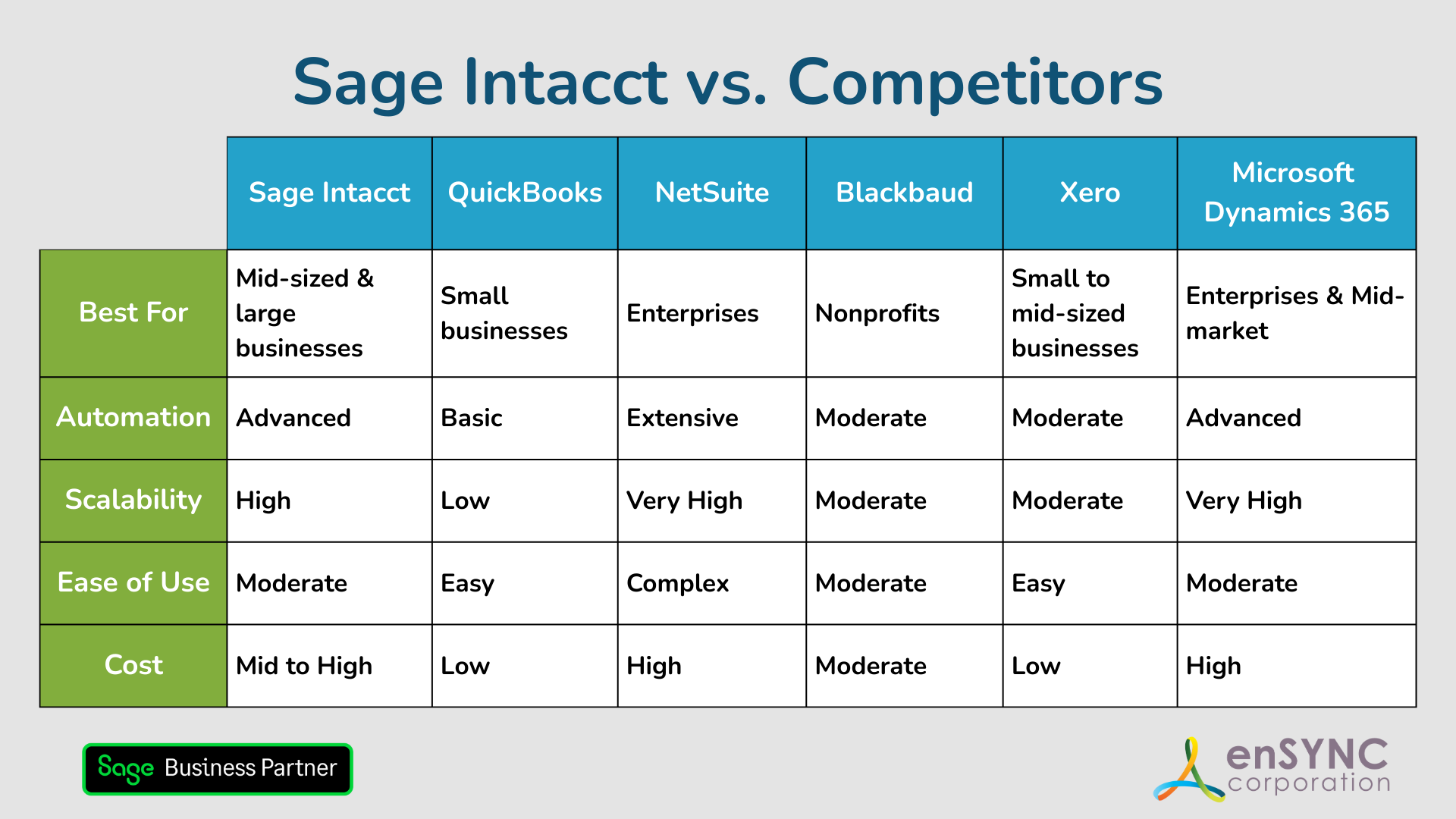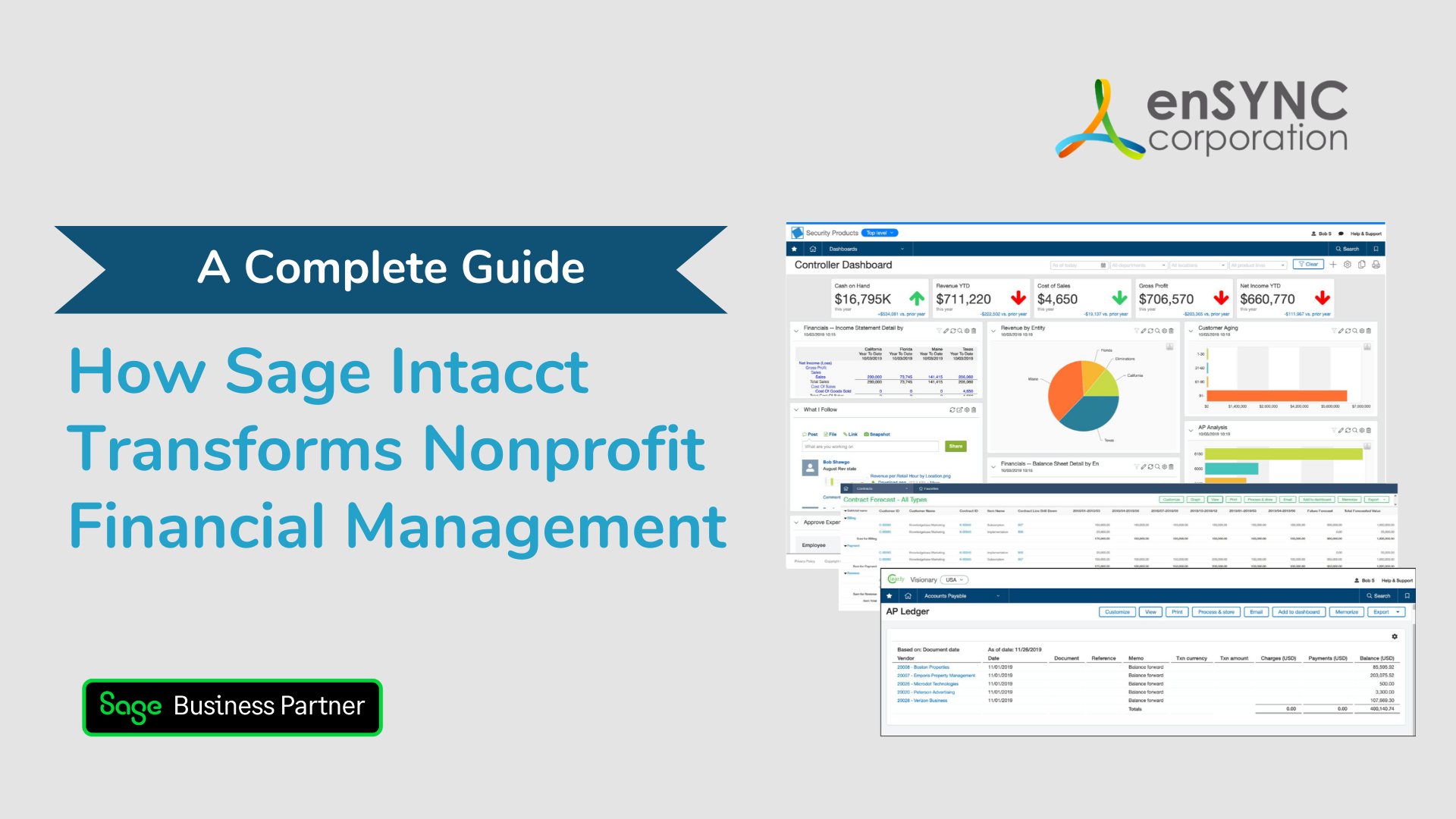Technology & digital transformation | Software solutions | Associations
Top 10 Features for Your Association's Learning Management System
August 3, 2020
|
Associations have had to think outside the box now that social distancing has made meetings a thing of the past. Online learning is an excellent way in which associations can engage their members, provide value and support, increase their revenue, and even attract potential new members (or paying learners).
What is a Learning Management System?
A learning management system (LMS) is, according to Wikipedia, “a software application for the administration, documentation, tracking, reporting, automation, and delivery of educational courses, training programs, or learning and development programs”. Let’s unpack that a little:
- It helps manage the entire learning platform, students, courses, etc.
- It features authoring tools for creating eLearning (educational) content
- It tracks everything: enrollments, attendance, etc.
- It reports on learning objectives achieved, student progress and more
- It automates repetitive and simple tasks, such as renewal reminders
- It manages the delivery of online courses, webinars, discussion forums, social learning, and more.
Benefits of a Learning Management System
Many associations have teaching and education as one of their main goals, and LMS solutions are ideal to carry out those objectives - not just during these times of social distancing, but also in general. Using a learning management system has many benefits, some of which include:
- Complementing dues revenue with income from online teaching, which can also be made available to non-members with a differentiated price
- Reduce training costs for members and staff, and simplify onboarding
- Supporting members’ education and professional development through continuous learning, and ideally also with certifications that they can add to their CV
- Creating a deeper member engagement with members, leading to perpetual membership thanks to the value of the learning
- Attracting new members, who may come for training and end up joining on a permanent basis
Online learning will expand your association in many ways - make sure you choose a reliable partner to support you on the technology side.
The Top 10 Learning Management System Features All Associations Need
If you’re going to invest in a learning management system, make sure it includes at least all of these vital features:
1. It needs to be ADA compliant/friendly
The Americans with Disability Act applies to all “places of public accommodation”, including the internet, and sets a minimum standard of accessibility for everyone. However, you should not just do this because of the legal requirement, but because easy access and accommodating everyone should be at the heart of the outreach goals of every association.
2. It should meet eLearning compliance standards
Anything shared on the Internet usually must meet certain standards, so developing, designing, and operation are easy across platforms and devices. Failing to meet these standards might make it hard for your courses to be available in certain devices, online stores, or to people with disabilities or special accommodations. The most important standards at the moment are:
-
AICC standards
-
The AICC (Aviation Industry Computer-Based Training Committee) created these standards to ensure data such as course completion, test scores, and number of times a course was taken were recorded accurately and safely. It’s starting to fall out of favor because it is complicated to implement.
-
-
SCORM standards
-
SCORM is an acronym for Sharable Content Object Reference Model, it was developed by the Advanced Distributed Learning Initiative (ADL) to ensure easy and effective course tracking, including points, scores, and task completion.
-
-
xAPI standards
-
The Experience API or “Tin Can Standard” is a simple, flexible, and effective way for a learner to track all of their learning experiences, both online and offline. It was also created by the ADL to enhance the user experience beyond just online content.
-
3. Learning Portals
- They should allow for a tailored learning experience, depending on what audiences need to learn, instead of forcing a stiff curriculum on everyone.
- Should be customizable for employees, members, donors, or volunteers, according to their level of access (ideally gated by payment or membership status) or of education.
- Must include specialty modules, for example, to deliver new member orientation, or to qualify for a specific accreditation.
- Must have a way to design personalized learning paths, according to the learner’s interests and needs.
4. Course Creation
- Course creation should be made as easy as possible, with intuitive commands and options for incorporating multimedia.
- Extra point if the system is modular and allows for a “drag and drop” course design that can easily incorporate content such as videos, slides, and PDFs.
5. Course Calendar
- A good course calendar should make things easy for the administrators, who can plan from their end.
- Visibility should allow learners to see what’s next, get excited about upcoming courses, and build a buzz about special or seasonal learning offerings.
6. Virtual Meeting Platform
- These days, everyone's an expert on virtual meetings. Make sure the LMS of your choice incorporates one seamlessly, so learners can join with just a click from a variety of devices.
- Bonus points if the virtual meeting platform not only delivers real-time connections, but also automatically saves lessons for on-demand delivery
7. In-Class Messaging and Notifications
Don’t let all the talk about personalization make you forget the importance of the social aspects of learning. Ensure students have plenty of ways to communicate during and after their courses, so they can learn together and gain even more from their experience.
8. Discussion Boards
- Discussion boards serve several purposes: first, they allow learners to dig deeper into topics they are interested in, answer each other’s questions, and even suggest further topics for learning.
- Just as importantly, discussion boards build community and increase member’s engagement and sense of belonging.
9. Track users’ success
- Must have an accessible and reliable assessment and testing framework.
- Must keep track of how your learners are progressing through various courses, ideally on a dashboard.
- Must make sure standards for continuing education credits are met, especially if certifications are being issued at the end.
10. Automation
- Make your life easy: ensure your LMS automatically sends reminders for enrollment, payment, tests, registration, etc.
Beyond Learning Technology
Besides all the features you should expect from the software, choosing an LMS provider is like choosing a partner for your association. Ask around, read reviews, and make sure whoever provides the LMS of your choice is also a good company to work with in the long term.
- Are they responsive? Do you like their communication style?
- How long is the implementation process? What onboarding tools and courses do they offer you?
- What is the price? What does it include?
- How good and fast is their tech support, in case of an issue?
Online learning will expand your association in many ways - make sure you choose a reliable partner to support you on the technology side.
At enSync we take pride in our full-service partnership with associations and organizations who use our LearningSync platform, and we would be delighted to talk to you and help you get started into the world of online learning.
Recent Posts

Sage Intacct vs. Competitors: Finding the Best Accounting Solution for Your Nonprofit
Choosing the right accounting software is a critical step for any organization — and a deeply personal one, too. How to choose the accounting...

How Sage Intacct Transforms Nonprofit Financial Management: A Complete Guide
Staying on top of financial management is crucial for all businesses, especially nonprofits. Nonprofits often have limited resources and handle...
Enjoying our blog?
At enSYNC, we want to empower associations and nonprofits to make well-educated decisions. If you want our industry knowledge (and other free guides) sent directly to your inbox, fill out the form below.



